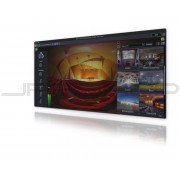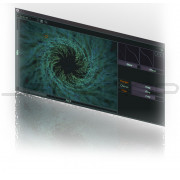You're currently on:

“Simple and intuitive, but with the depth of
any professional subtractive synth”
– Synthtopia.com
Our new synth is a professional, versatile, subtractive synthesizer. It can be easily made to sound like anything from a sweet, light organ, to a sharp, funky clav. There are multiple voices, velocity sensitivity, mono/polyphonic switching, versatile LFOs and filter, and effects. In short, everything you would expect with any of the most professional synths.
Simplicity
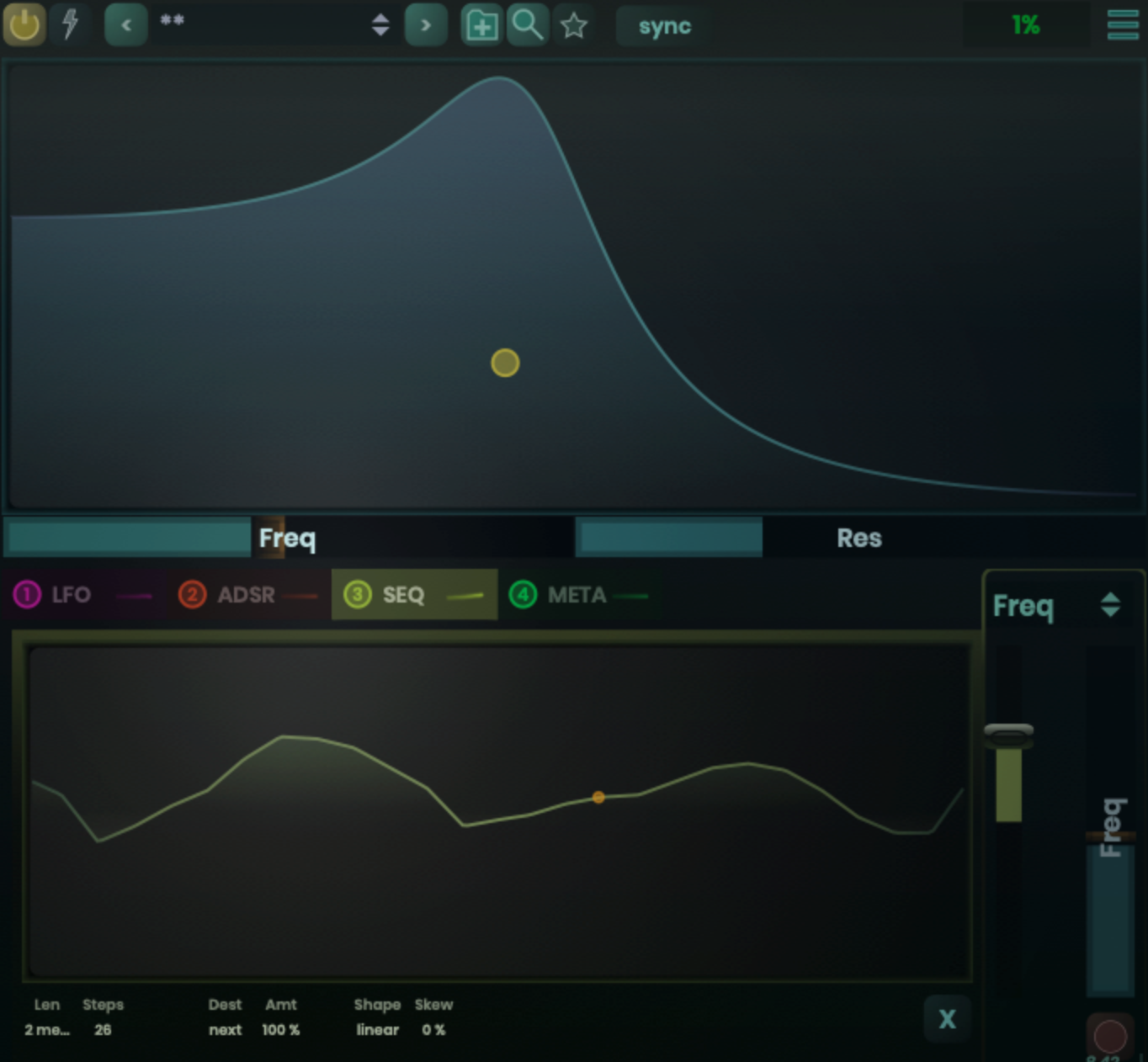
It’s designed to show even the novice user how the basic elements of a synthesizer fit together, so that anyone can create amazing synths right out of the box.
Automation

The most powerful element of this synth is our automation suite. You can use automation to create anything from that wobble characteristic of so much dubstep, to a voice that comes in and out at random intervals, effects that fade in and out with perfect, quantized precision.
Design
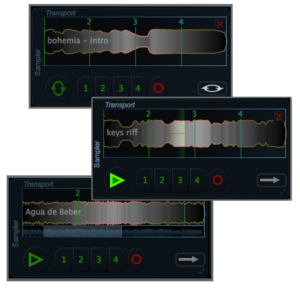
Out layout and design principles are built around making the product show you what it does, so that every knob or button should produce a visible change as well as a sonic one. Doing this lets you see exactly how the sound is changing.
Spectrum
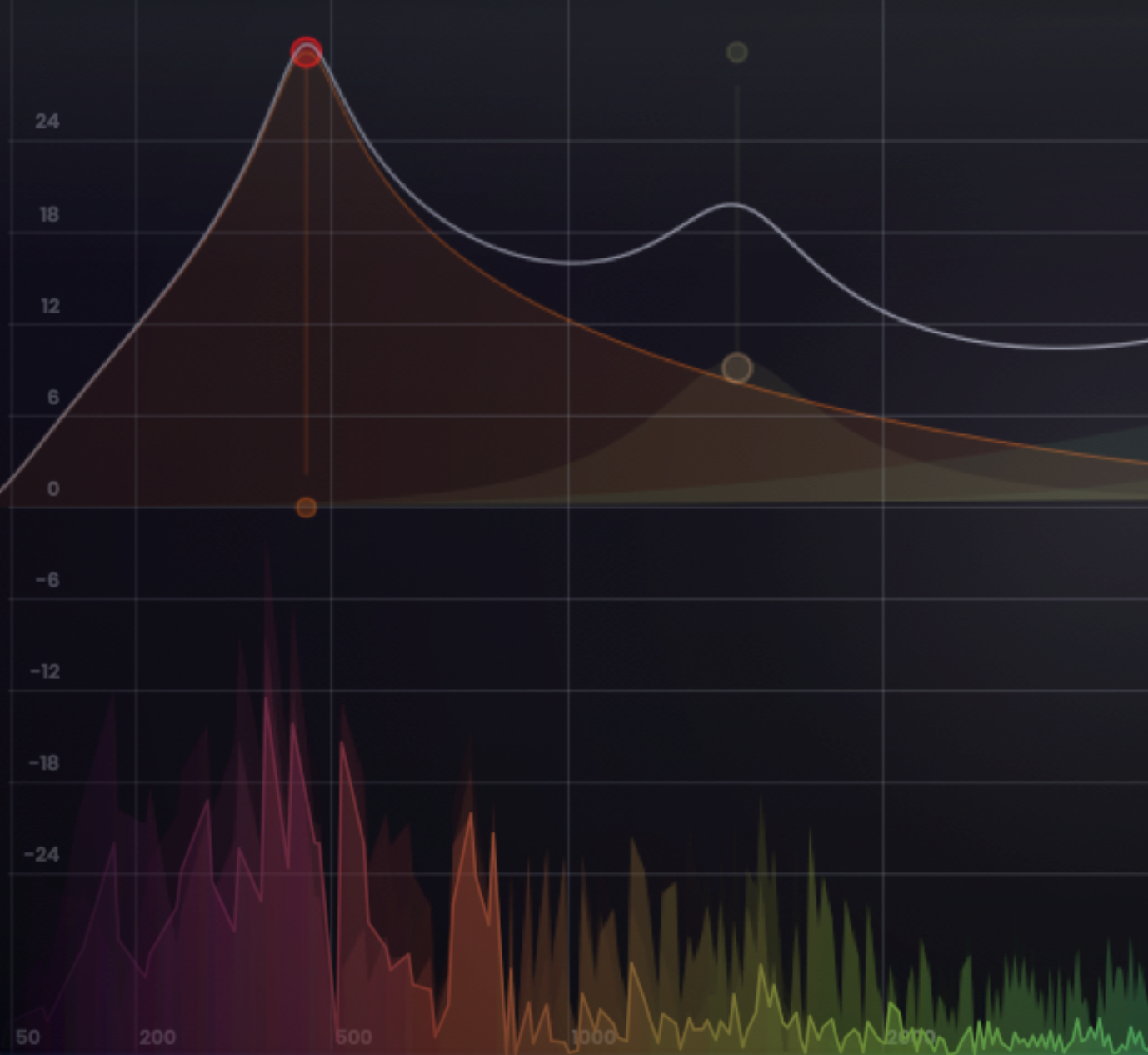
The primary elements of an subtractive synth are waveform generators (voices), a filter (where the tone is shaped) and effects or mods. We include a high definition auto-filter with our own spectrum display that shows you exactly how the sound is being shaped at every moment. This level of feedback is unparalleled.
MPE Compatibility for Addiction Synth
Under the Hood
Controllers like the Seaboard, often called PMCs (Polyphonic Multidimensional Controllers), are much more expressive because they can send multiple dimensions of finger movement to the synth. For instance, instead of a keyboard that just sends note on/off, pressure, and perhaps pitch wheel data, these controllers can register a finger moving in any direction, finger pressure, and much more. Unfortunately, this breaks the original MIDI standard. While MIDI allows you to send a signal that modulates pitch, or any other attribute, it must do so to every note. In other words, the notes are polyphonic but the modulation is not. To address this, a coalition of audio companies led by the venerable Roger Linn design (Roli, Apple, Moog, Bitwig, and others) created the MPE standard. In MPE, each note is sent in its own separate MIDI channel, allowing for polyphonic expression of every note.
MAC & WINDOWS
| Variant | 1 |











